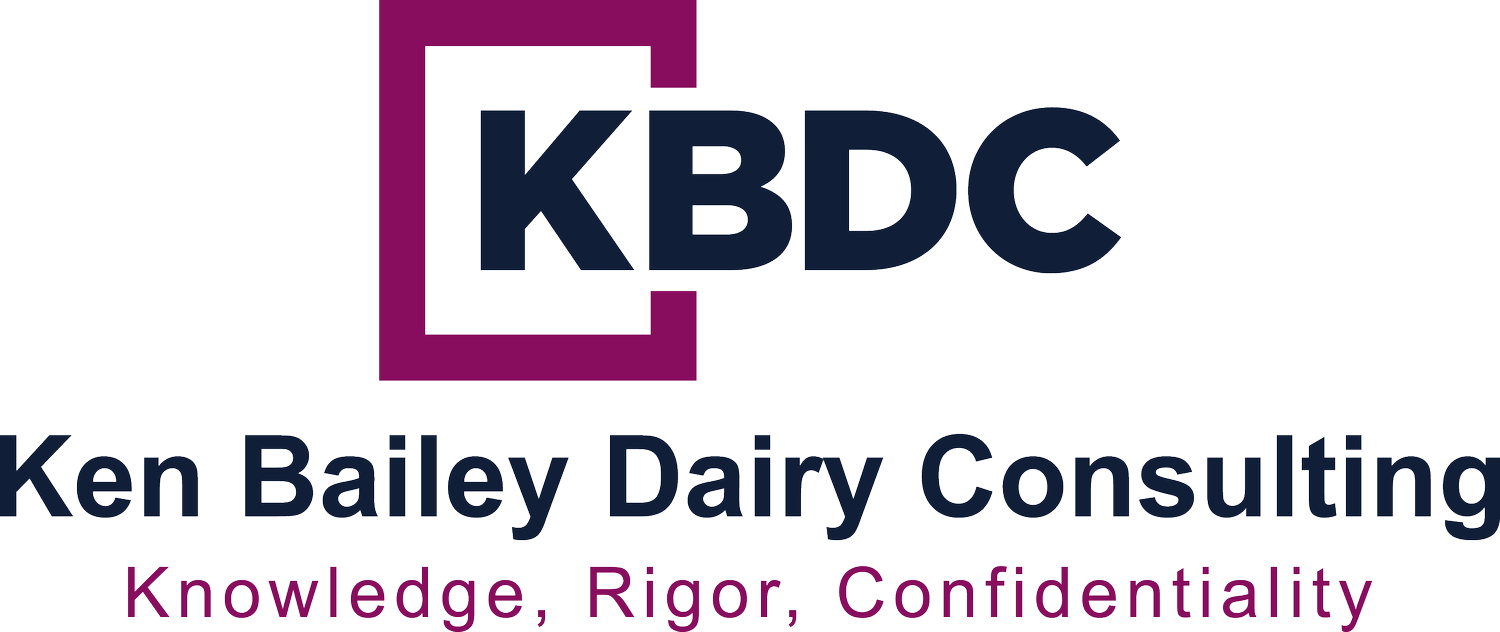Sustainability: Carefully Consider the Tradeoffs
December 1, 2021
Participants at the recent Glasgow Climate Summit (dubbed COP26) arrived from overseas via carbon free sailboats, stayed in unheated fossil free outdoor yurts, feasted on roasted tofu and fair-trade lentils, and drank alcohol free/carbon neutral wine. Of course, none of that was actually true. Participants made the decision to spend the money, time, and carbon to attend the conference. They thought the trade-offs were worth it. The science behind global warming is real, and governments and industries need to make good decisions to reduce, and eventually eliminate, the use of fossil fuels. So, meetings like this are essential for reaching that goal.
There are two major approaches to cut carbon emissions and put us on a path of reduced global warming. One is for developed nations, who benefitted since the dawn of the industrial age from exploiting fossil fuels, to donate trillions of dollars to developing nations so they can cut back on their future emissions. But that strategy is doomed to fail politically since taxpayers in developed countries are required to foot the bill. And, it’s likely that industries in these developing countries will be incentivized to find ways to dodge the rules and continue to industrialize and pollute (called “leakage). Another path is for like-minded countries to pull together and reform or bypass the WTO. Countries in this new “carbon-free club” would all agree that market access and trade should only occur between members who implement cuts to carbon emissions and enforce a similar set of rules. Outside countries that continue to build coal fired plants to produce cheap steel, and don’t take steps to reduce carbon emissions, would be cut out of future trade with these rich nations, or would face prohibitive “border adjustments” (taxes). This approach, while requiring a lot of homework to iron out the details, would be a more practical of the two approaches.
The world is clearly on a path to a “reduced carbon” future. But it will be many years before we have the technologies to implement enough carbon offsets to reach a carbon free world. In the meantime, efforts will be made to reduce the trajectory towards more emissions and rising sea temperatures. The immediate focus will be on eliminating coal fired power plants, which not only create a lot of carbon emissions, but also pollute the environment with particulates and other poisons. Steel and cement production, and transportation, are also big polluters around the word. But methane gas and animal agriculture have also received a lot of attention in the last 10 years and at the recent COP26 Climate Summit.
The U.S. dairy industry is taking decisive steps to develop a carbon baseline and reduce emissions. That is critical if a future carbon-free trading club emerges, and the dairy industry wants to remain a part of global trade. Without a solid plan now, the U.S. dairy industry will likely face limited access to global trade. But we also need to be realistic. Despite the popularity and broad consumer appeal, the U.S. dairy industry today may want to be careful adopting labels such as “Carbon Free” and “Net Zero.” It’s not clear today who will pay the future carbon taxes that will be needed to reach “Net Zero.” The reality is that dairy may never reach net neutrality in carbon emissions, and that should be okay given dairy’s contribution to feeding the world. A sound approach would be to stress carbon reductions, combined with agricultural carbon offsets.
The laws of physics make it clear that you cannot produce a package of milk without emitting carbon. To nourish the world, the U.S. dairy industry has expanded cow numbers, milk output, and component density over the past 15 years. That has resulted in more carbon emissions, not less. That said, the U.S. today can make a gallon of milk with less carbon emissions than any other country on the planet. Greater production efficiencies per cow makes the U.S. a logical supplier of milk and dairy products. That combined with efforts to offset carbon emissions by recycling existing carbon in food byproducts headed for the landfill, spreading manure on the land, and capturing methane from lagoons are helping the U.S. offset the net use of carbon.
U.S. dairy consumers need to be advised and educated about the tradeoffs between nutrition, the environment, and cost when making food purchases. In chapter 1 of my new textbook on milk marketing, I compared these factors for real cow’s milk vs. plant-based beverages. What I found, after emailing a professor from Oxford and requesting additional data, is that a cup of cow’s milk is much more nutritious, in some cases uses less water, and is way more affordable than other plant-based alternatives. A cup of almond beverage, for example, has a CO2-equivalent that is 28% that of dairy, but also has just 1/8th the protein, requires 151% more water, and is over 5 times more expensive than cow’s milk when measured in terms of retail price per 100 kcal of energy. So yes, cow’s milk requires more CO2-equivalent, but you get a lot for it.
Looking more broadly, it’s worthwhile for consumers to focus on all of the tradeoffs when making purchasing decisions, not just a company’s marketing plan. It will be a long road from now until the planet has the technologies and practices across power generation, transportation, manufacturing, food production, etc. that are needed to reach in aggregate “Net Zero” carbon emissions. So sound decisions will need to be made along the way.
